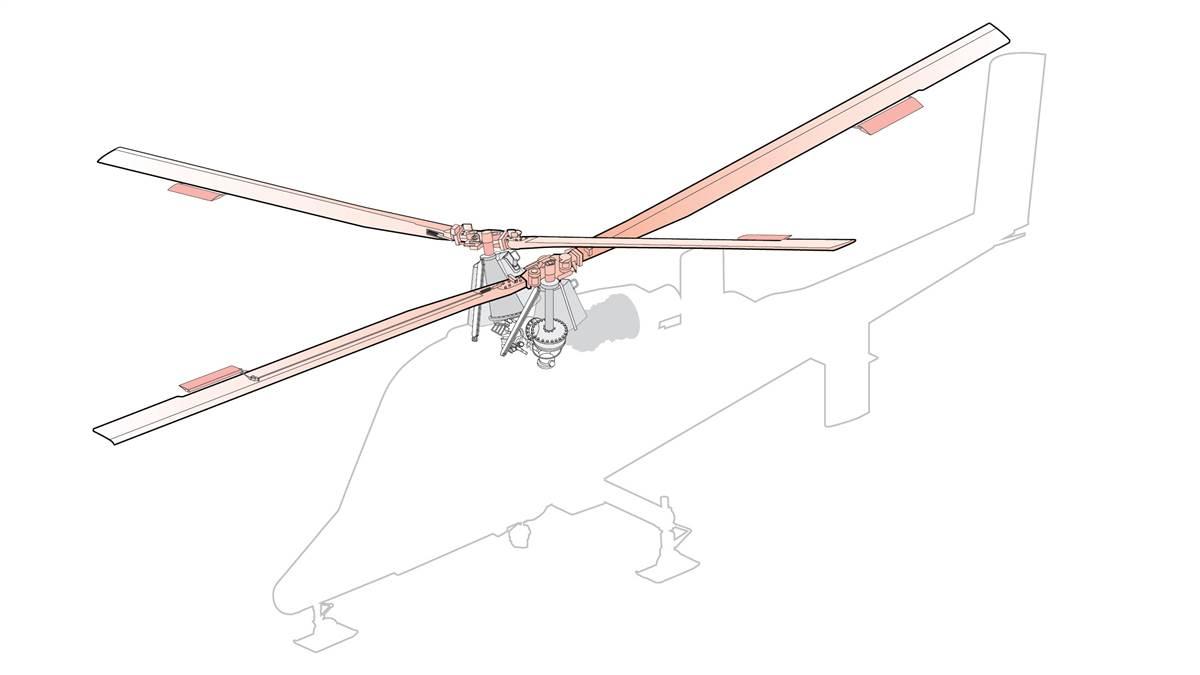How it works: Frankencopter
Intermeshing rotor systems

Two giant rotors, spinning inside each other’s plane. An intermeshing rotor system, or synchropter, operates on the assumption that two main rotors are better than one. It turns out to generally be true.
One of a helicopter’s biggest inherent drawbacks is that power for lifting must be siphoned off to a tail rotor to counteract torque. Designs with two main counterrotating rotors can use more of the power for lifting, making the most efficient use of engine power.
Kaman helicopters is the leader in designing and manufacturing intermeshing rotor helicopters, and former lead designer Anton Flettner invented the concept. Their designs mount two rotors on individual masts, canted slightly outward, mere feet apart. When turning, the rotors intermesh, sort of like the eggbeater in your grandmother’s utensil drawer. To keep the blades from smashing into each other, manufacturers use a sync shaft with gearing that connects the two masts to maintain the separation and timing. If that fails, as it has a few times on the similar configuration of the heavy-lift Chinook helicopters, it’s more or less a disaster.
The design has some other advantages beyond efficiency, including better safety on the ground, and less maintenance and weight because of the lack of tail rotor. For some, however, the complexity of the intermeshing system and unique training and maintenance requirements tip the balance away from the design.
How much do two main rotors help in terms of lifting capacity? With an empty weight of 5,145 pounds, and an external load capacity of 6,000 pounds, the single-seat K-Max can haul its entire weight in external cargo.



